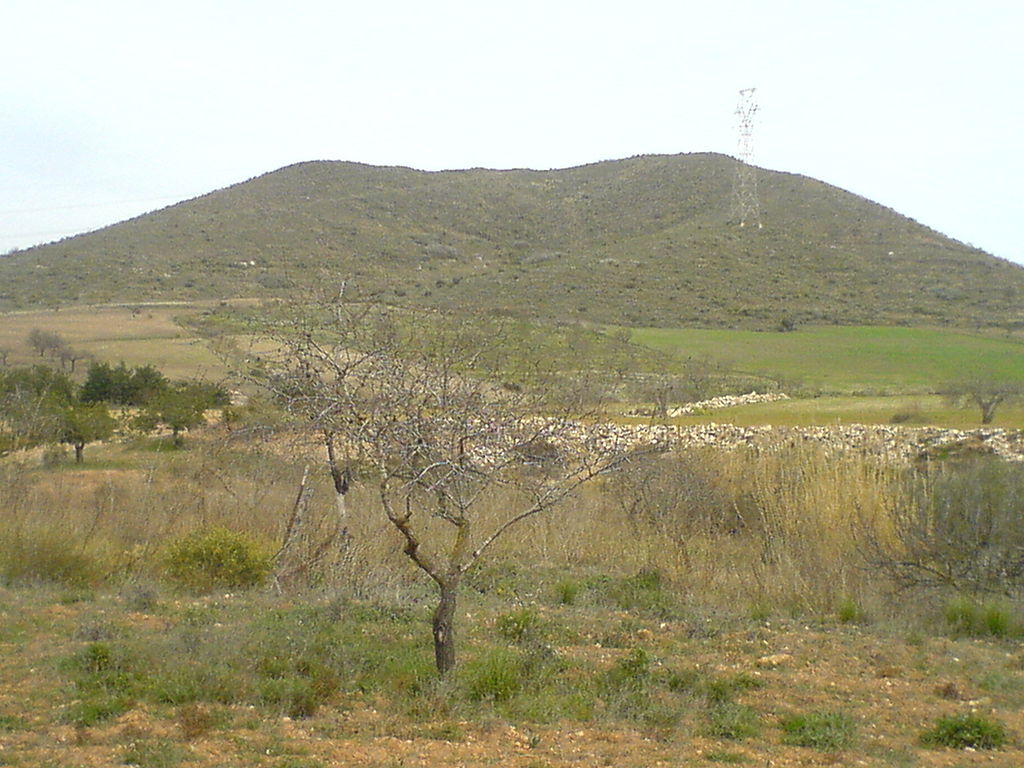An Italian-led international research team has reconstructed the journey made by the Earth’s crust towards the centre of the Earth during the sinking movements of the continental plates.
The study, coordinated by Luigi Dallai, Sapienza University of Rome, and Sandro Conticelli, University of Florence and director of the Institute of Environmental Geology and Geoengineering of the National Research Council (CNR-IGAG), demonstrated for the first time the geodynamic process, previously only hypothesized, underlying plate tectonics: that is, the transformation of the Earth’s surface caused by the action of strong endogenous forces.
The research is of great scientific importance so much so that it deserved publication in Nature Communications. It involved researchers from University of Ferrara, CNR’s Institute of Geosciences and Earth Resources, French National Centre for Scientific Research, and Certema Research Centre in Grosseto.
The paper reports the discovery of quartz-bearing veins in fragments of the Earth’s mantle that were brought to the surface by magma during the eruption of the Cabezo Negro volcano in Spain about 2 million years ago. The analysis of the oxygen isotope composition of quartz crystals allowed researchers to reconstruct the journey that led to the formation of this mineral which is typical of the continental crust but had never before been found at mantle depths.

“In practice, the continental crust was dragged from the surface into the Earth’s mantle. At a depth that we estimate to be around 30 km and at a temperature of around 1000°C, the subducted continental crust undergoes melting processes and forms quartz-bearing veins in the mantle. Pieces of this mantle are finally torn off and transported back to the Earth’s surface by magmas of deep origin,” explained Luigi Dallai. “The whole cycle might have been completed in a period ranging from 10 to 2 million years ago.”
Besides providing direct information on the composition of our planet’s interior, this discovery will help explain the composition of other magmas, such as those of volcanoes in central and southern Italy, the Andes and the Himalayas.
“Through the documented process, many other chemical elements are brought from the surface to the mantle depths so that they are enriched before returning to the surface,” concluded Sandro Conticelli. These include carbon, which is of great interest for understanding climate change, and other critical elements, such as lithium and rare earth elements, whose availability is of economic and technological importance.”

